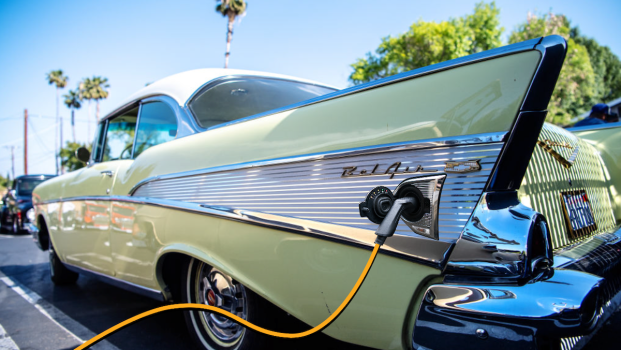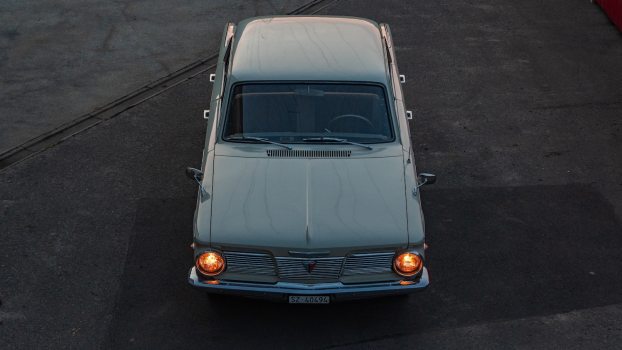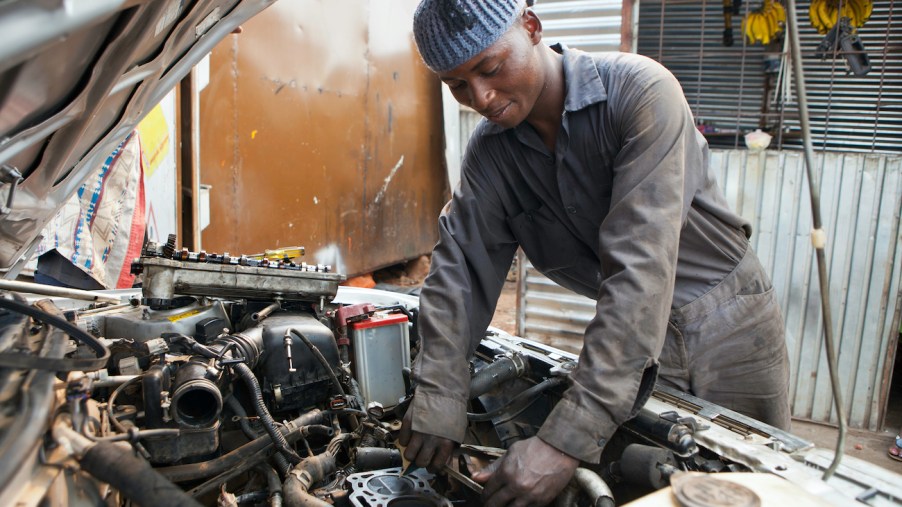
Proven Tips for How to Start an Old Car Engine That’s Been Sitting Idle for Years
Do you have an old car that’s been sitting around for a while without proper care or maintenance? If so, then its engine may be tough to start. Just like the human body, a car’s engine was made to run regularly. That means that the longer an engine sits idle, the more problems it can eventually develop. Here are a few proven tips to start an old car that’s been sitting for a really long time.
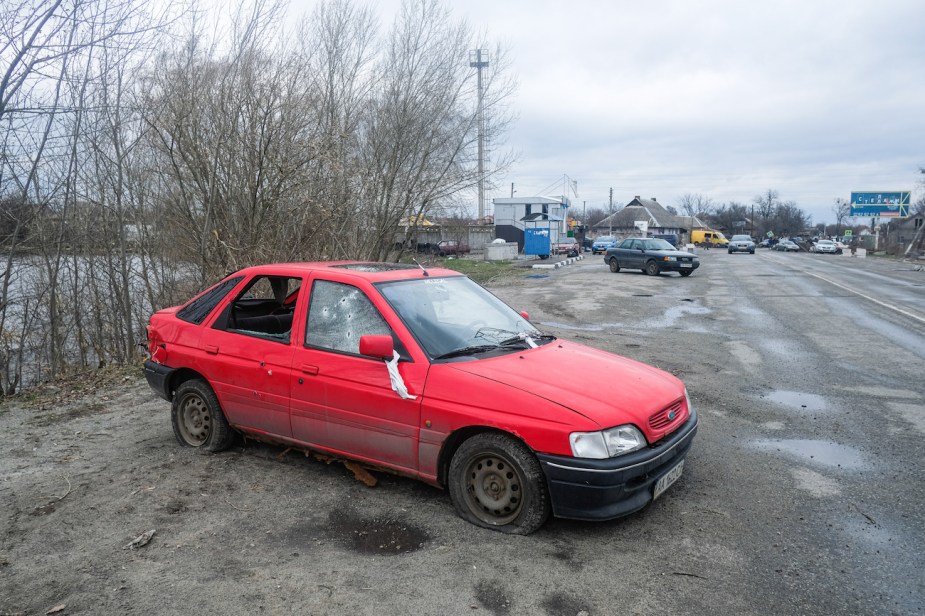
How do you start a car that hasn’t run in years?
If the old car that’s been sitting on your property for years has a carbureted engine, there are a few steps to take when attempting to start it. MotorTrend recommends spaying starter fluid into the carburetor first to aid in combustion. If the car’s engine is fuel-injected, it’s recommended to take out the spark plugs and pour a product called Marvel Mystery Oil directly into the cylinders.
Since the engine has not run in a long time, it will need to be lubricated to get all of its parts, like the pistons, piston rings, and cylinders, to work smoothly.
Next, check the battery’s life and see if it needs a jump or a complete replacement. However, if the car has been sitting for years, the battery will likely need to be completely replaced. Before starting the engine, it’s important to clean the engine bay of any leaves, trash, rodents, or debris so that nothing catches on fire.
Also, check the ignition wiring to see if rodents have chewed anything up, and then check the oil level to see if any needs to be added. If you can conduct a complete oil change, that would be even better.
Lastly, if you need to replace any of the ignition parts, now is the time to do so. This means cleaning or replacing the distributor (if needed), ignition wires, or spark plugs. If you’re able to have the injectors cleaned as well, that would be best.
When everything is cleaned, inspected, and/or replaced, try starting the engine and letting it run.
What to do if the engine won’t start
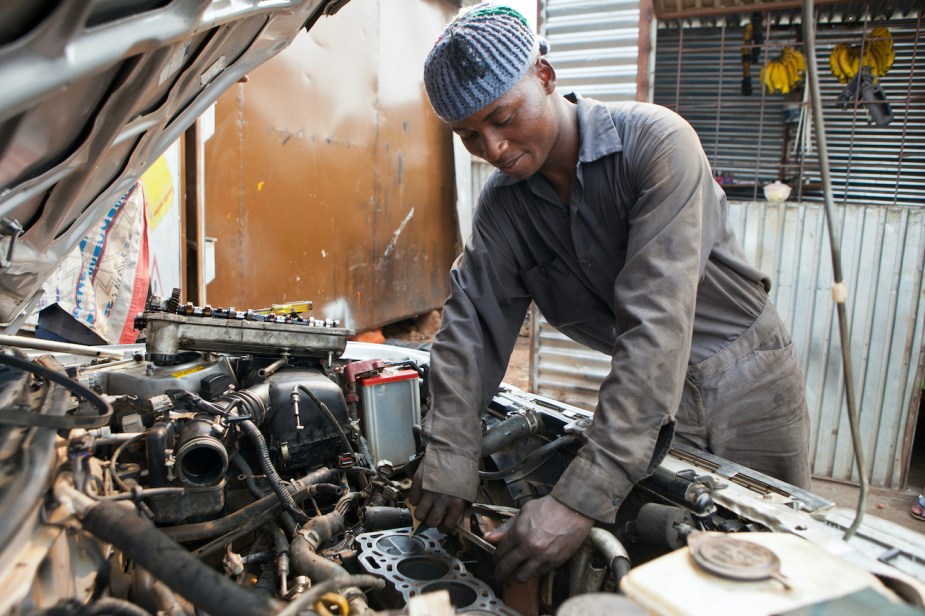
In order to start an engine and have it run properly, it needs air, fuel, and spark. If you find that the car doesn’t start after inspecting and replacing certain parts, there are a few things to look out for, reports Family Handyman.
For example, if the car clicks when trying to start, but it won’t completely turn on, there could be an issue with the battery. A few battery issues include a weak battery, dirty battery terminals, a worn starter motor, or a stuck solenoid.
One trick you can try is called “cycling the key.” The trick is to turn the key to start position repeatedly about 10 times in a row, wait five minutes, and then start the car again.
Another trick is to tap the battery terminals to make them have better contact. You can literally tap each terminal with the bottom of a shoe to have them make better contact.
Check all of the electrical connections
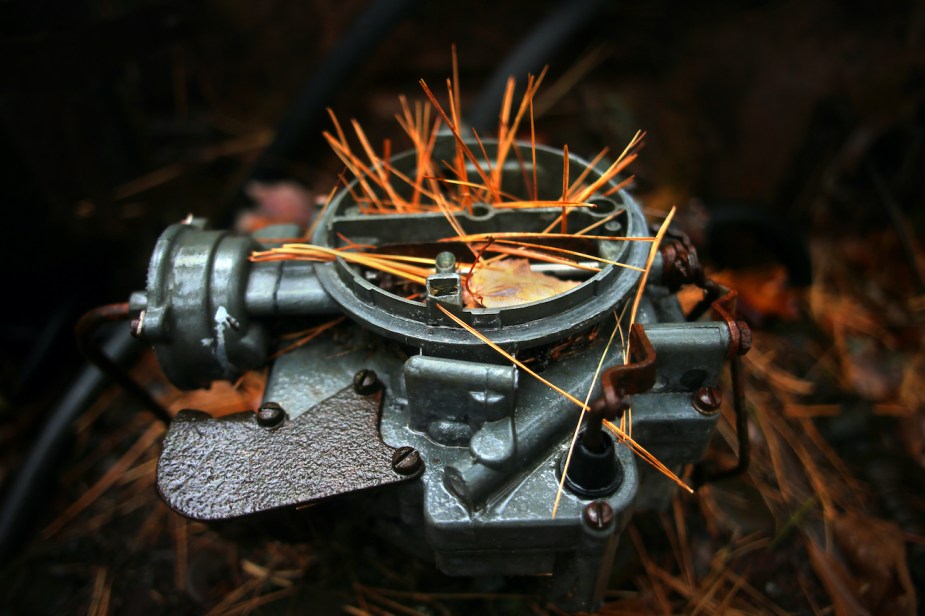
If the car doesn’t start even after replacing the battery, ignition components, and lubricants, you can look into the rest of the engine’s wiring system for issues. This not only means checking all of the wires around the engine bay but also checking the fuses to see if any are blown. Oftentimes, blown fuses can be the main culprits, but fortunately, they are cheap and easy to replace.
If you have a car that hasn’t been started in a long time, don’t fret. Start from the top and replace the old components if you need to. Eventually, it will start.
